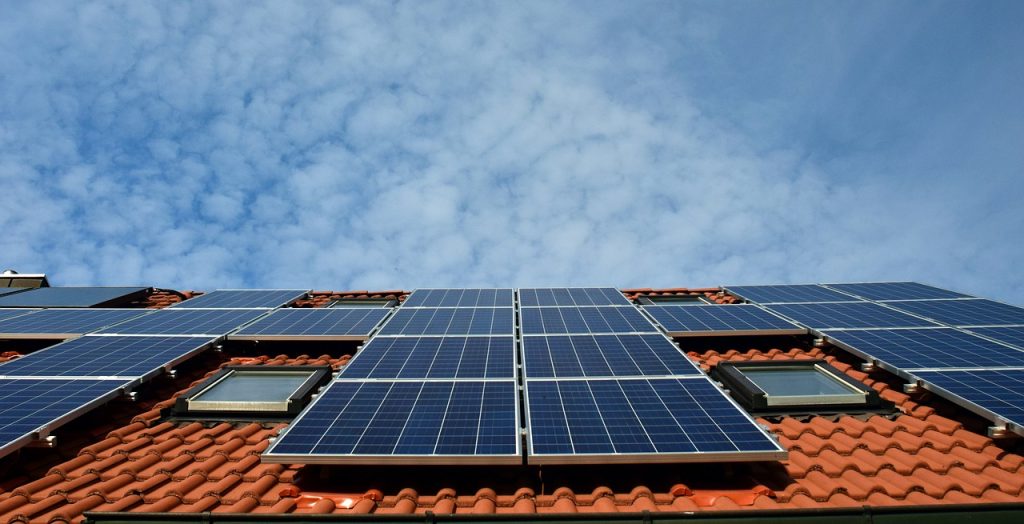Fabrication
Overview
Oriental Copper’s fabricated copper busbar provides a speedy, convenient, and economical solution for switchboard and switchgear makers.
High Quality and Easy Installation
Advanced technology fabrication machines, experienced teamwork and use of high-quality materials, OC-ETP® assures that fabricated copper busbars produced and supplied are reliable and accurate, as per customers’ designs and specifications, to enable easy and convenient installations.
Customer’s Benefits
- Customer’s Benefits
- Reduce scrap
- Save processing time
- Ease of installation
- Enrich profit margins
- Reduce maintenance cost for equipment
- Quick delivery
Fabrication Processes Include
- Punching
- Bending
- Tapping
- Cutting
- Tin Plating
- Welding
- Twisting
- Countersink etc.
- Applications
- Switchboards, Switchgears, etc
Standards
Fabricated copper products are produced to meet International Standards including JIS, BS EN, DIN EN, DIN, ASTM, AS/NZS and TIS as required by customer specifications.
OC’s Quality Assurance
- Precision measurement by CMM and modern measuring instruments
- Control according to International Standards and customer specifications
Shape and Size range
- Upon customers’ specific requirements with exact dimensions and shapes.

Wooden Boxes: Copper will be wrapped with insulated paper and plastic.
Bundles: Wrapped with insulated paper and plastic.
Metals having low melting point can be used as filler metal for joining copper Bus Bars. Silver brazing is a joining process and popular for joining or bonding non-ferrous base metals due to its very good general capability such as low melting point, high strength, good plasticity and perfect electrical and corrosion-resistant features. However, the conductivity of the brazed joint will be much lower than the base copper; therefore the innovative copper products by Oriental Copper, such as Twist Bar and Bended Vertical Elbow, will be an alternative to the brazed joint replacement without significant change in the conductivity.
Good condition of contact surfaces of a joint are important for high conductivity and efficiency. The surfaces of copper should be flat and without and space in between the contact surfaces, this enables optimum current flow, resulting in less generated heat or power loss.
- Bending angle 180-degree max
- Bending angle tolerance +/- 1 degree
- Bending radius 3.0 mm. min
- Hole diameters 3.0 mm. min – 100.0 mm. max
- Tolerance of hole diameter +/- 0.5 mm
- Tolerance of hole placement +/- 0.5 mm
- Hole diameter 4 mm. min
- Tolerance of hole diameter +/- 0.5 mm
- Tolerance of hole placement +/- 0.5 mm
Let us know how we can help you. Our team is ready to discuss your business needs and answer any questions you may have.
Explore Other Products
Explore Other Market Solutions

ICT & Data Center

Marine

Healthcare

Electronics

Mining and base metal refinery
